Appearance
With their unique charm and distinct physical characteristics, French Bulldogs are a beloved breed known for their distinctive features.

Written By
David Anderson
Writer
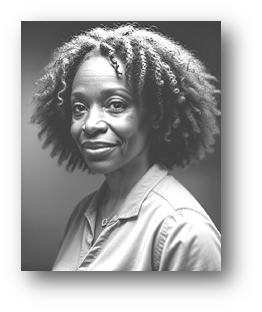
Reviewed By
Penny Worthington
Health
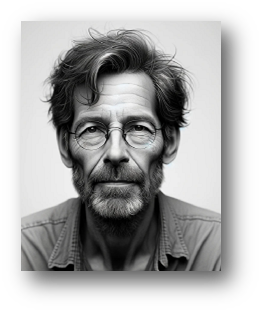
Reviewed By
‘Wolfie’ Schnieder
Behaviour & Training
Page Last Updated: 2nd January 2024
On this page
Quickly find and read what interests you the most using the links below:
Head and Face
The head of a French Bulldog is one of its most distinctive features. It has a square shape, a broad skull, and a flat area between the ears.
The breed’s ‘bat ears’ are large, erect, and rounded at the top, setting French Bulldogs apart from other breeds.
Their face features a brachycephalic structure, a short nose, and broad nostrils. This configuration leads to prominent wrinkles on the face, particularly around the muzzle and between the eyes, giving them an expressive appearance.
The eyes of a French Bulldog are large, round, and typically dark, contributing significantly to their expressive and endearing facial expressions.
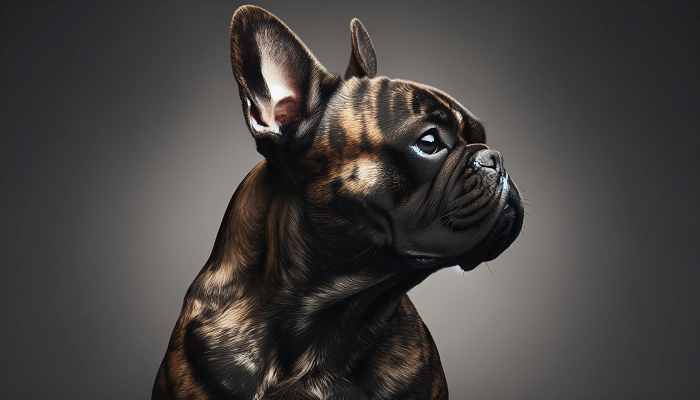
Body Structure
Despite their smaller size, French Bulldogs have a robust and muscular build. They typically weigh under 28 pounds (12.7kg) and stand about 11 to 12 inches (25.4 cm – 30.5 cm) tall at the shoulder.
Their compact, well-proportioned body exhibits a square appearance, with a broad chest and a strong, muscular back.
The coat of a French Bulldog is short and smooth and lies close to the body. It’s known for its soft texture and glossy sheen.
Their tails are naturally short, set low on the rump, and can be either straight or screwed, but never curly.
Coat Colors and Patterns
French Bulldogs come in an array of colors and different patterns, adding to the breed’s uniqueness.
Brindle
A distinctive pattern characterized by a mix of black and fawn hairs, creating a tiger-stripe effect.
Brindle is one of the most traditional and standard colors in the breed.
Fawn
Fawn French Bulldogs exhibit shades ranging from light tan to a darker reddish tan.
They often have a dark mask on their face, which contrasts beautifully with the lighter shade of their coat.
Pied
Pied French Bulldogs have a predominantly white coat with scattered patches of other colors, typically brindle or fawn.
The size and location of these patches can vary significantly between individual dogs, giving them a unique appearance.
Cream
Cream French Bulldogs have a solid, light, warm-toned coat color.
Unlike fawn, they lack the brindle patterning, resulting in a solid and creamy appearance.
Merle
Merle is a unique coat pattern characterized by irregular patches of color on a lighter background.
The patches can vary in size and distribution, giving it a very distinctive and eye-catching appearance.
Merle French Bulldogs are less common but highly sought after for their striking look.
Blue
Blue French Bulldogs have a dilute grayish-blue coat color.
This shade is less common and is sometimes associated with specific genetic traits.
Blue French Bulldogs often have striking blue eyes.
Chocolate
Chocolate French Bulldogs boast a deep brown coat color, which is less common and can be attributed to specific genetic traits.
Their chocolate-colored fur is rich and captivating.
Pure Black
While less common, some French Bulldogs may have a solid black coat.
These dogs exhibit a sleek and entirely black appearance.
Black and Tan
This coat color features black as the primary color, with tan markings on specific body areas, such as the eyebrows, cheeks, legs, and under the tail.
The combination of black and tan creates a classic and distinguished look.
Isabella
Isabella French Bulldogs have a unique and rare pale fawn or lilac-colored coat with a subtle blue undertone.
This unusual coloration sets them apart from the more common shades.
Albino (Pink)
Albino French Bulldogs are extremely rare and have a completely white coat.
They also have pink eyes, noses, and paw pads due to a lack of pigment.
Albino individuals require special care and attention due to their unique genetic condition.
Genetics of Coat Color and Physical Features
The genetics behind the French Bulldog’s coat color and physical characteristics are intricate and multifaceted.
Coat Color Genes
A combination of genes determines the color of a French Bulldog’s coat. The primary gene responsible for coat color is the Melanocortin 1 Receptor (MC1R) gene, also known as the E locus.
This gene influences whether a dog will have a black, chocolate, or yellow coat. Modifier genes, such as those at the K locus (dominant black) and A locus (agouti), can interact with the E locus to produce the shades and patterns seen in French Bulldogs.
For example, the presence of the brindle pattern is influenced by the interaction of these genes.
Brachycephalic Features
The distinctive brachycephalic features of French Bulldogs, characterized by their flat faces and short noses, result from mutations in the Bone Morphogenetic Protein 3 (BMP3) gene.
BMP3 plays a crucial role in skull development, and mutations in this gene can sometimes lead to the breed’s shorter skull and snout characteristics.
These mutations have been selectively bred to create the breed’s unique appearance.
Ear Shape
The erect, bat-like ears that are a defining feature of French Bulldogs are believed to be influenced by a combination of genetic factors.
While the precise genetic mechanism is not fully understood, it is clear that this trait is hereditary and a key characteristic of the breed.
Selective breeding has been used to emphasize this trait over generations.
Health Considerations
It’s important to recognize that some genetic traits, such as the brachycephalic features, can contribute to health issues like brachycephalic obstructive airway syndrome (BOAS).
Ethical breeding practices are crucial in minimizing these health risks while preserving the breed’s characteristics.
Responsible breeders aim to strike a balance between maintaining the desired physical features and ensuring the overall health and well-being of the dogs.
Breed Standards: UK vs. US
Breed standards are comprehensive guidelines established by kennel clubs to define a specific dog breed’s ideal physical and behavioral traits. These standards serve as essential references for breeders, judges, and enthusiasts to maintain and evaluate the breed’s characteristics.
UK Breed Standard (The Kennel Club – UK)
The UK Breed Standard for French Bulldogs significantly emphasizes maintaining the breed’s health, physical characteristics, and overall symmetry.
Key points in the UK standard include:
Symmetrical and Well-Proportioned Body
The UK standard strongly emphasizes a symmetrical and well-proportioned body. This means a French Bulldog’s physical features, including body shape, should be balanced and harmonious.
The goal is to create both a visually appealing and structurally sound dog.
Specific Characteristics
The standard highlights the importance of preserving the breed’s unique characteristics. These include the size and shape of the ears and the tail.
Ears should be bat-like and erect, a distinctive trait of the breed. Tailoring these features correctly ensures that the French Bulldog embodies its iconic appearance.
Ideal Proportions
The UK standard provides guidelines for ideal proportions, ensuring that the dog’s body is neither too long nor too short, maintaining a balanced appearance.
This attention to proportion contributes to the breed’s overall symmetry and aesthetics.
Health Considerations
Notably, the UK standard is mainly concerned with the health of French Bulldogs.
It disqualifies any signs of health issues related to the breed’s physical features.
This includes disapproving of overly short muzzles, which can contribute to respiratory problems—a common concern in brachycephalic breeds like the French Bulldog.
Coat Color and Pattern
While not extensively detailed in the summary, the UK standard generally leans toward more traditional coat colors and patterns. It prefers those that do not compromise the dog’s health.
The goal is to maintain the breed’s vitality and well-being while adhering to its aesthetics.
US Breed Standard (American Kennel Club – AKC)
The US Breed Standard for French Bulldogs, as outlined by the American Kennel Club (AKC), focuses on the breed’s size, proportion, symmetry, and unique features. The Official Standard of the French Bulldog vividly depicts the characteristics and qualities of this delightful breed.
General Appearance
The French Bulldog is a compact, muscular, intelligent dog with a smooth coat. Its medium to small-sized frame is balanced and well-proportioned, displaying a distinctive square head with bat ears and a roach back.
The expression on its face is alert, curious, and always interested. Each aspect of the French Bulldog’s appearance harmoniously complements the others, creating a well-proportioned and appealing dog.
Size, Proportion, Substance
A French Bulldog’s weight should not exceed 28 pounds; surpassing this limit is disqualifying.
The proportion between the distance from withers to ground and from withers to the onset of the tail is crucial, ensuring the dog appears compact and well-balanced.
Beneath their smooth coat, French Bulldogs possess solid muscles and heavy bones, providing substance to their stature.
Head
The head of a French Bulldog is distinctive, large, and square. Its eyes, dark brown or nearly black, are round and set wide apart, sitting low in the skull.
Bat ears, set high on the head but not too close together, stand erect with the orifices facing forward.
The skin on their head is soft and loose, forming wrinkles that add to their endearing appearance.
The muzzle is broad and well laid back, with a well-defined stop and prominent wrinkles.
A French Bulldog’s nose should be black, with any other color being a disqualification. Thick, black flews hang over their lower jaw, covering the teeth and tongue when the mouth is closed.
The underjaw is deep, square, broad, and undershot.
Neck, Topline, Body
The French Bulldog’s neck is thick, well-arched, and adorned with loose skin at the throat. Its back forms a distinctive roach shape, with a slight fall close behind the shoulders and a gradual rise to the higher loin.
The body is short, well-rounded, and compact. The chest is broad and full, with well-ribbed sides and a tucked-up belly.
Their tail can either be straight or screwed, never curly and hangs low with a thick root and fine tip.
Forequarters
The forelegs of a French Bulldog are short, stout, and muscular, set wide apart for stability.
Dewclaws may be removed, and their feet are moderate in size, compact, and firmly set.
Hindquarters
Hind legs are strong, muscular, and longer than the forelegs, elevating the loins above the shoulders.
Hocks are well let down, and hind feet are slightly longer than the forefeet.
Coat
The French Bulldog’s coat is short, smooth, and brilliant, while their skin is soft and loose, especially around the head and shoulders, forming adorable wrinkles.
Coats other than short and smooth are considered a disqualification.
Color
French Bulldogs can come in various acceptable colors, including white, cream, fawn (ranging from light to dark), and combinations of these colors.
Markings and patterns such as brindle, piebald, black masks, black shadings, and white markings are also acceptable.
However, solid black, black and tan, black and white, white with black, blue, blue fawn, liver, and merle colors are disqualifications.
Black is strictly defined as devoid of any trace of brindle.
Gait
The ideal gait for a French Bulldog is a “four tracking” foot pattern, with the front track slightly wider than the rear.
Their movement should display reach and drive, appearing unrestrained, free, and vigorous.
These characteristics combine to create the charming and beloved French Bulldog, making it a breed cherished by many.
Disqualifications
There are certain disqualifications that, if observed, set a dog outside the bounds of the breed’s ideal characteristics. These disqualifications are essential to maintain the breed’s unique qualities and adherence to its official standard.
Here are the disqualifications in detail:
Over 28 pounds in weight
French Bulldogs are known for their small to medium size. Any individual exceeding 28 pounds is considered outside the acceptable range for the breed.
Blue or green eye(s) or any traces of blue or green
The eyes of a French Bulldog should be dark, ideally brown or approaching black. The presence of blue or green eyes, or any hints of these colors, deviates from the breed standard and is a disqualification.
Other than bat ears
The distinctive bat-like ears are a hallmark of the French Bulldog breed. Any other ear shape is considered a disqualification.
Nose other than black, except for cream or fawn-colored dogs without black masks, where a lighter-colored nose is acceptable
A black nose is a defining characteristic of the breed. However, in the case of cream or fawn-colored dogs without black masks, a lighter-colored nose is acceptable but still not desirable.
Any nose color other than black in different circumstances is a disqualification.
Coats other than short and smooth
The French Bulldog’s coat should be short and smooth. Coats with different textures or lengths are not in line with the breed standard and are thus disqualifications.
All coat colors other than those specifically described
The acceptable coat colors for French Bulldogs are well-defined and include white, cream, fawn (ranging from light to dark), and various combinations of these colors.
However, solid black, black and tan, black and white, white with black, blue, blue fawn, liver, and merle colors are disqualifications.
It’s essential to note that black, in this context, means utterly devoid of any trace of brindle. Any patterns, markings, or colors not explicitly mentioned in the standard are considered disqualifications.
These disqualifications exist to maintain the breed’s unique characteristics, ensuring that French Bulldogs adhere to the established standard, both in appearance and genetic traits.
Adherence to these guidelines helps preserve the breed’s integrity and ensures that each French Bulldog remains a true representative of its distinctive heritage.
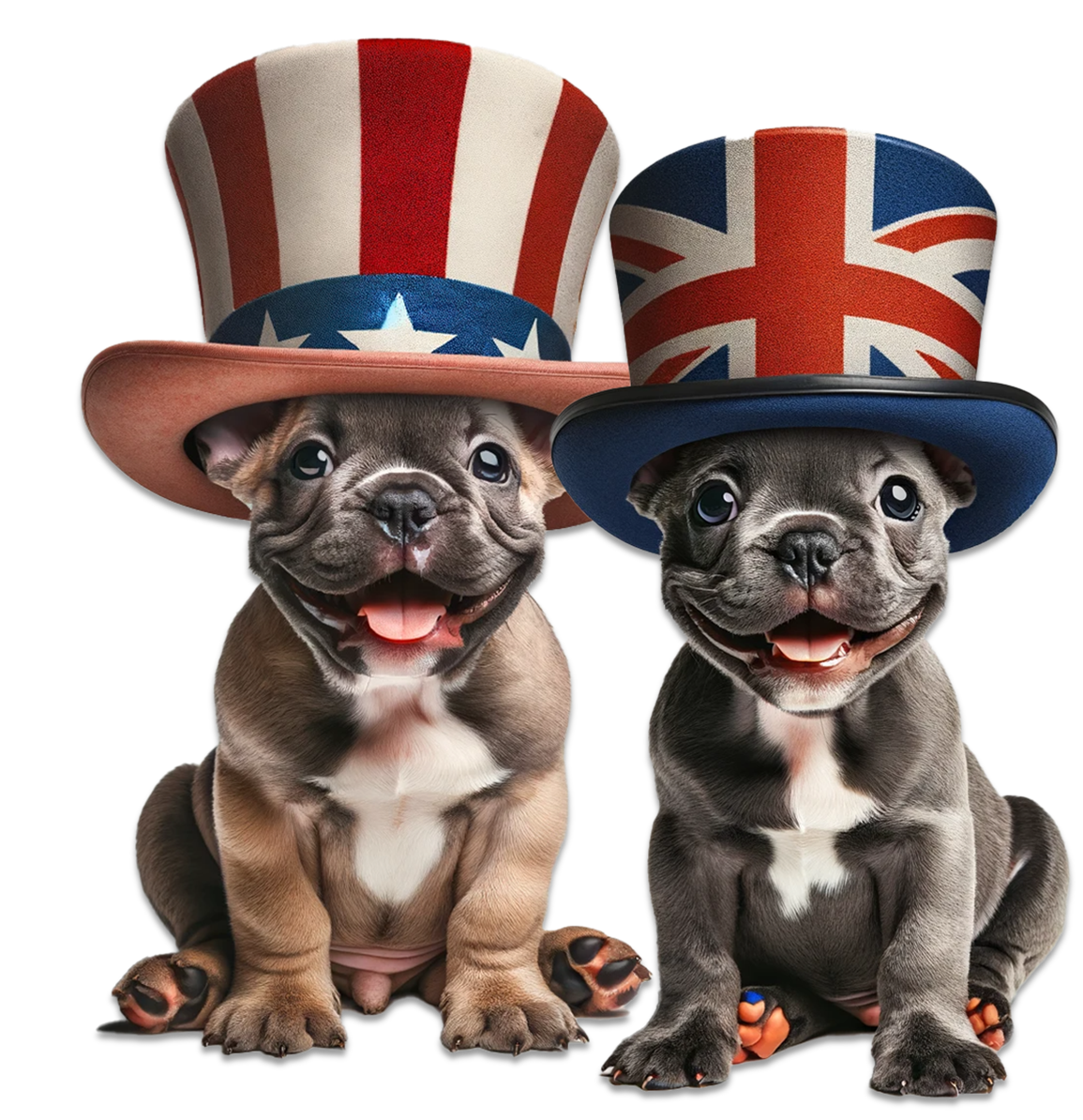
Main Differences between the two
Emphasis on Health (UK)
The UK standard strongly emphasizes the health of French Bulldogs, with strict guidelines against features that might cause health problems, including overly short muzzles.
It prioritizes the breed’s well-being and disqualifies any signs of health issues related to the breed’s physical features.
Emphasis on Distinctive Features (US)
The US standard, as outlined by the American Kennel Club (AKC), emphasizes preserving the breed’s unique characteristics, such as its bat ears, square head, and compact, muscular body.
These traits are considered defining features of the breed.
Coat Colors (US)
The AKC standard allows for a broader range of coat colors and patterns within the breed. This flexibility accommodates a wider variety of French Bulldog appearances, whereas the UK standard favors more traditional coat colors.
Tailoring to Regional Preferences
The standards reflect regional preferences and priorities. The UK standard’s strict health focus may reflect concerns about brachycephalic-related issues, while the US standard’s flexibility in coat colors may cater to a broader range of tastes.
Non-Standards
While both standards provide guidelines for ideal French Bulldog characteristics, it’s essential to note that not all French Bulldogs conform to these standards.
Non-standard French Bulldogs may have variations in their physical appearance, such as coat colors not recognized by the standard or deviations from the desired proportions.
Non-standard French Bulldogs can still be healthy and beautiful pets; their unique characteristics should not be considered defects.
However, they may not be eligible for participation in dog shows, which adhere strictly to the breed standards. Breeders may also place a premium on conforming to the standards when breeding dogs for specific purposes.
Potential French Bulldog owners must appreciate that breed standards are guidelines for ideal breed specimens, and not all dogs will meet these criteria.
Non-standard French Bulldogs can be just as loving and loyal companions as those that conform to the standards.
Want to know more?
Want to uncover the captivating world of French Bulldog colors and variations? Click on the links below for a closer look!
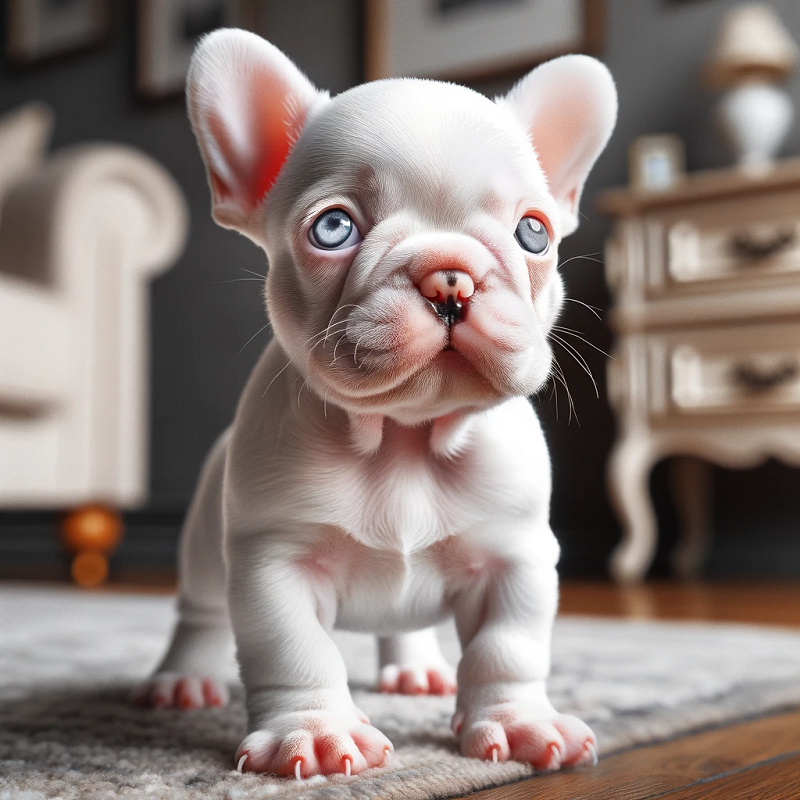
Albino (Pink)
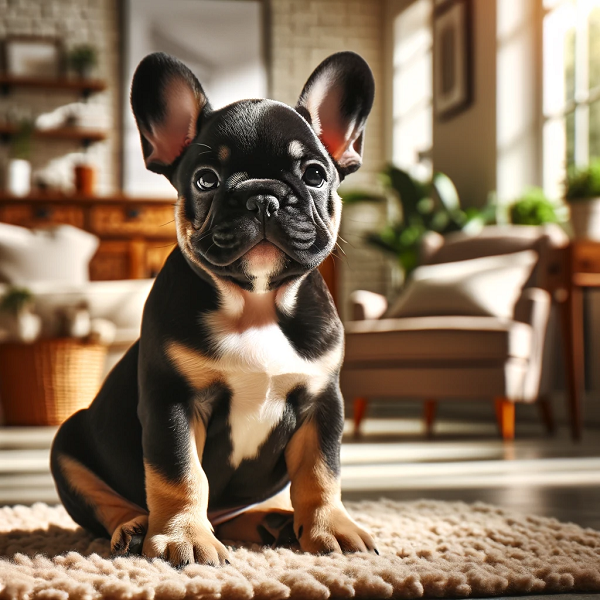
Black and Tan
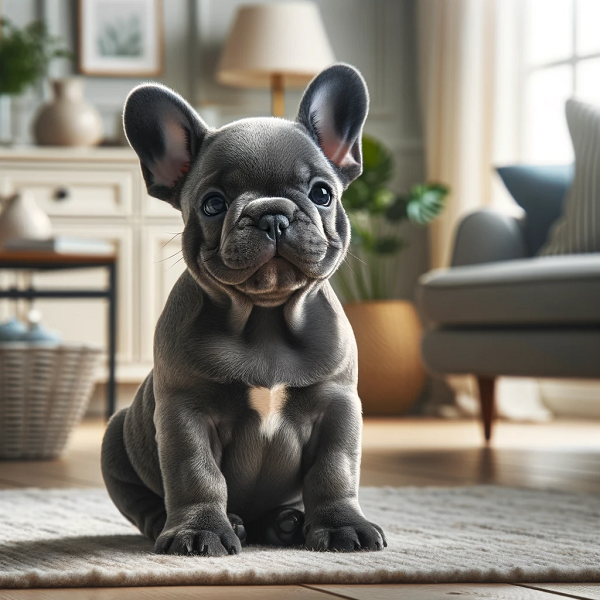
Blue
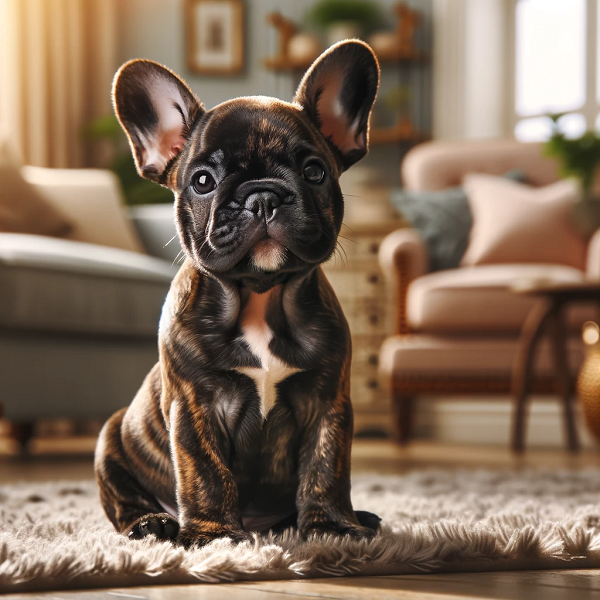
Brindle
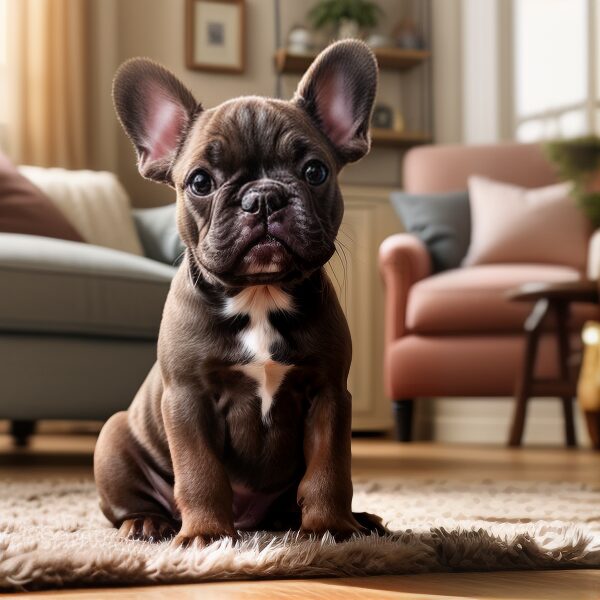
Chocolate

DNA Charts
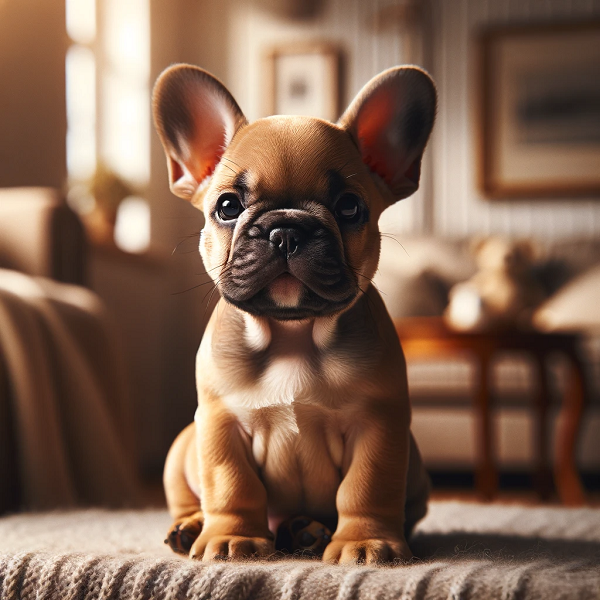
Fawn
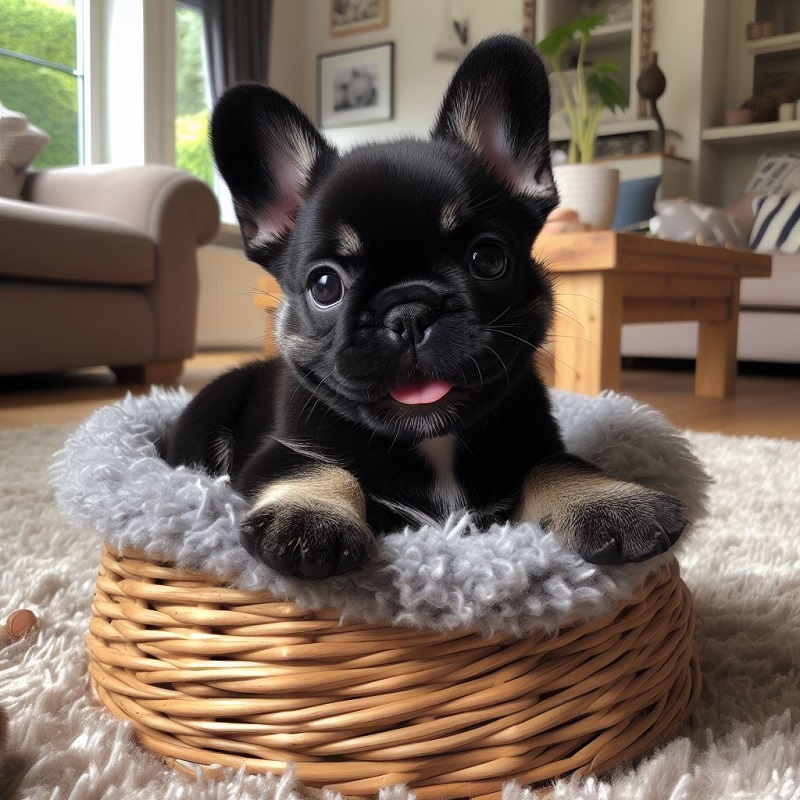
Fluffy

Hairless
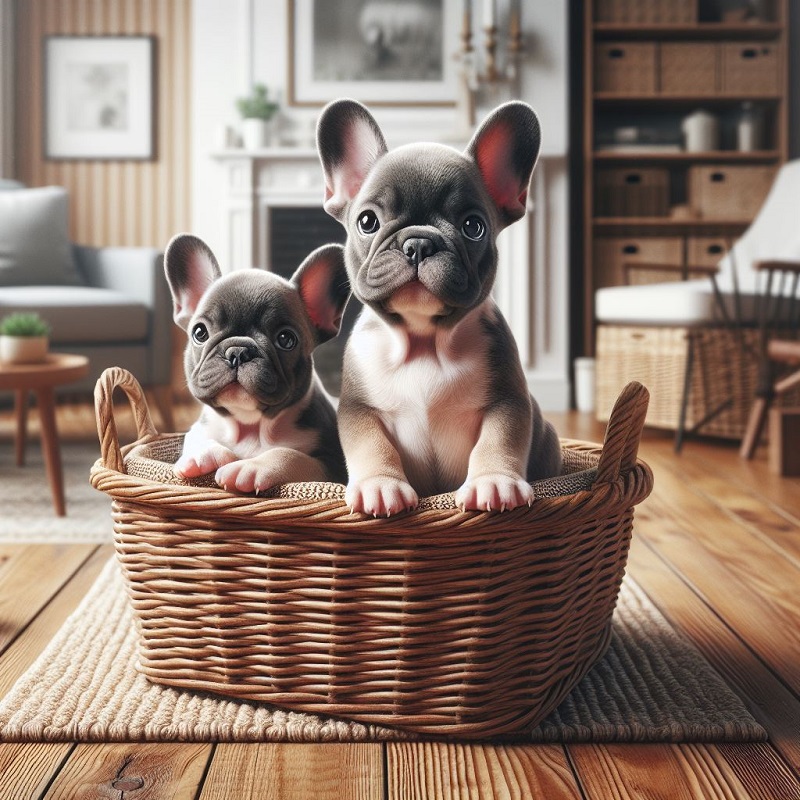
Isabella
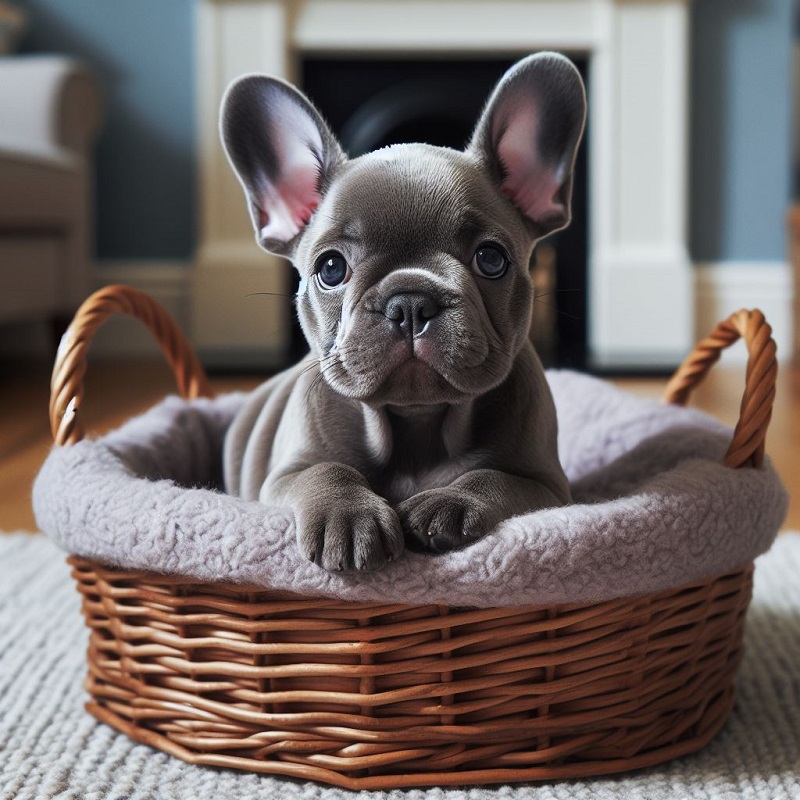
Lilac
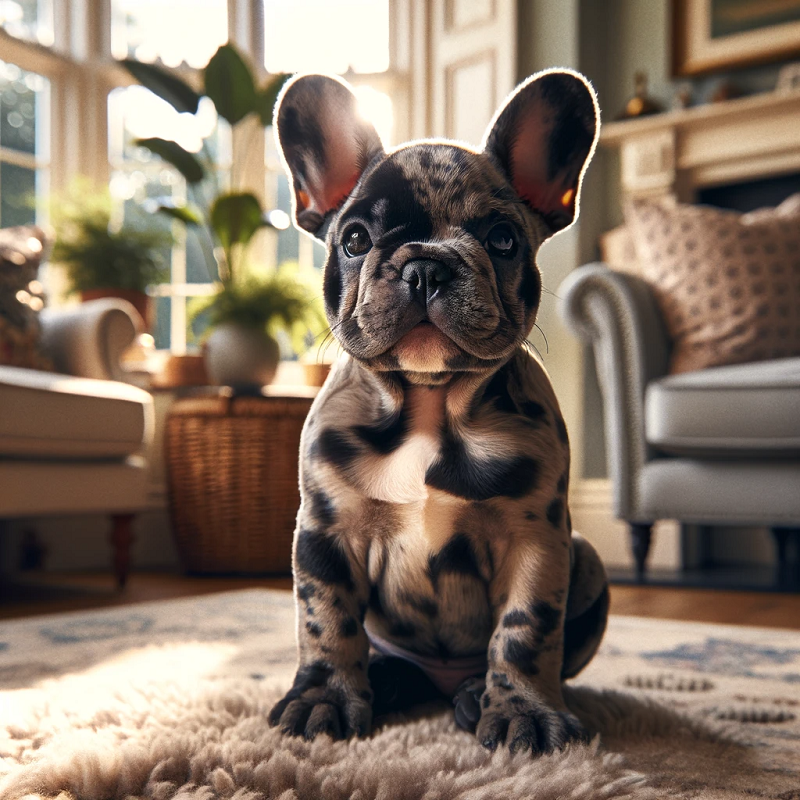
Merle

Pied

Platinum
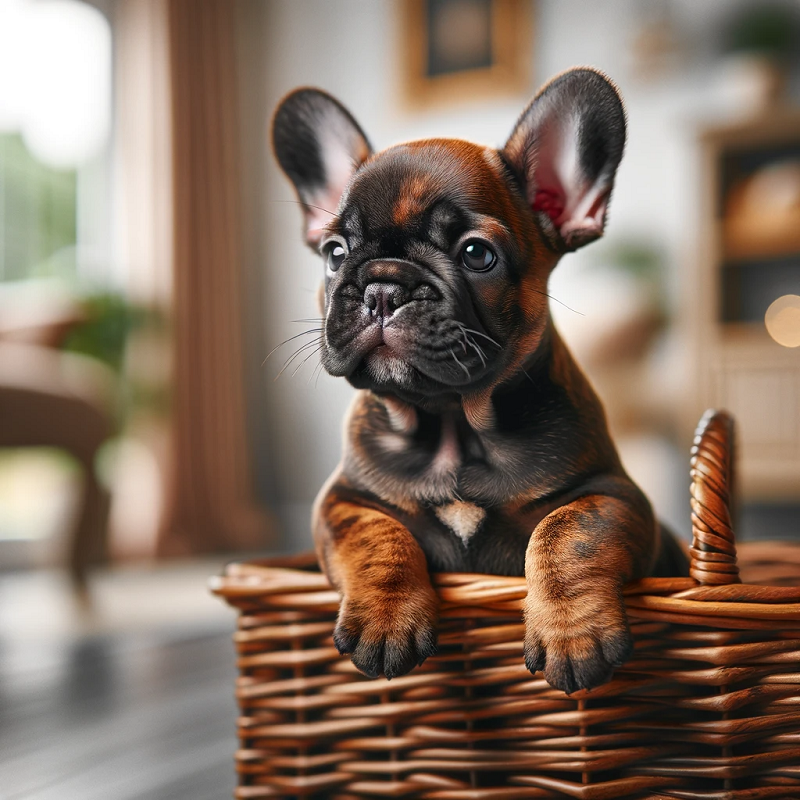
Sable
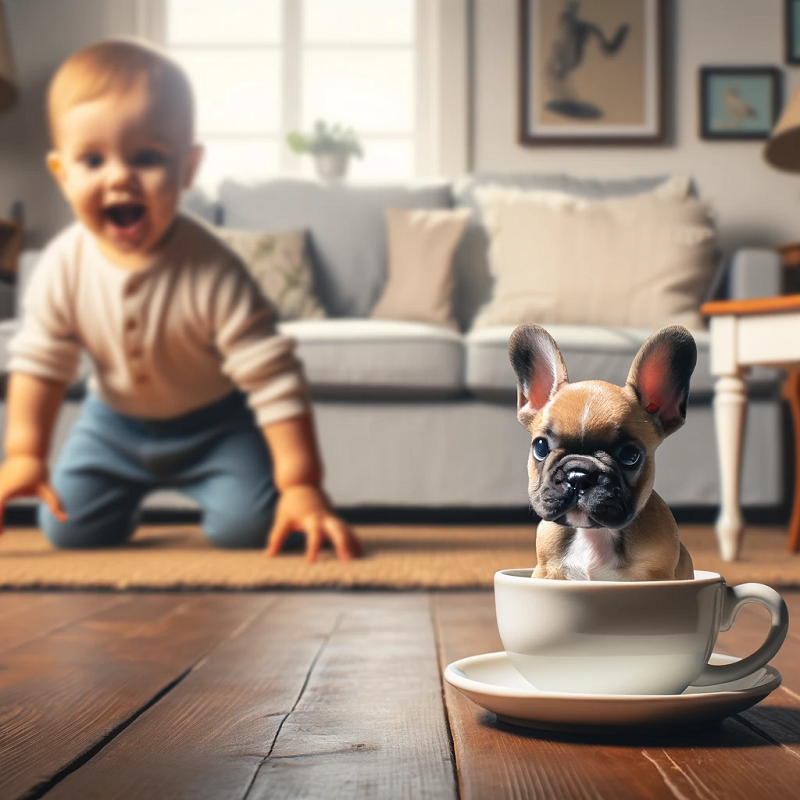
Teacup
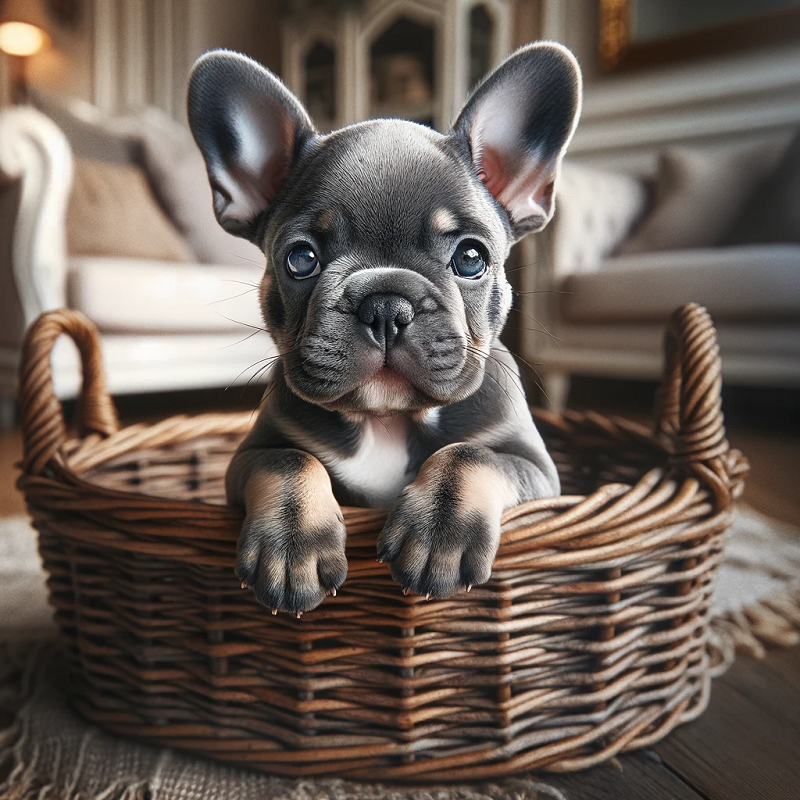
Tricolor
Albino (Pink)
Black and Tan
Blue
Brindle
Chocolate
DNA Charts
Fawn
Fluffy
Hairless
Isabella
Lilac
Merle
Pied
Platinum
Sable
Teacup
Dry Dog Food
Fresh Dog Food
Gastrointestinal Dog Food
Grain-Free Dog Food
Hypoallergenic Dog Food
Low-Fat Dog Food
Organic Dog Food
Raw Dog Food
Wet Dog Food
Recipes
Dog Treats
Vitamins and Supplements
Grooming
Health & Wellbeing

Terms of Use
Privacy Policy
GDPR Policy
Transparency Policy



